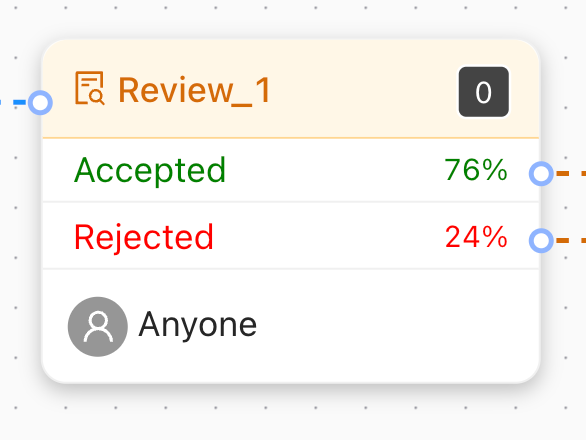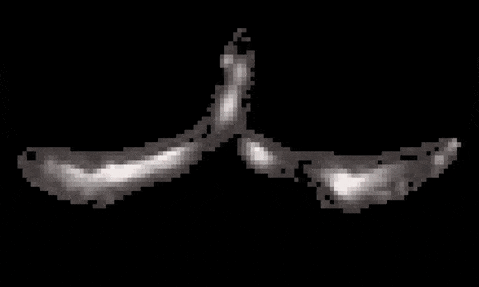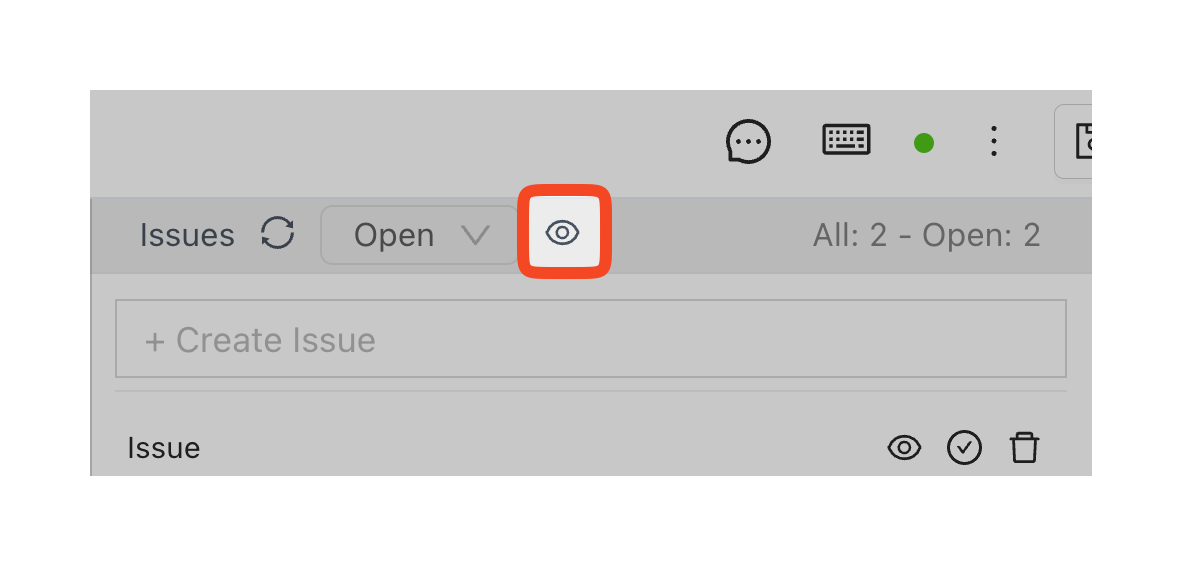Project managers can now set granular priority levels to individual tasks, in projects created on or after Ango Hub version 4.7, and in any older project after a one-click upgrade. Please consult our [documentation page on priority](https://docs.imerit.net/core-concepts/priority) to learn how to use it. documentation page on priority
The acceptance/rejection percentages in review-type stages are now displayed on the stages themselves. Please see the full details [in our documentation](https://docs.imerit.net/core-concepts/workflow/review) to learn more about what the percentages calculate and represent. in our documentation

In the NRRD medical labeling editor:
The Grow tool has been improved in usability, intuitiveness, and performance. It now also features a sensibility slider and a marker indicating the start of the growth. Its default sensitivity has been halved.
The Threshold selection now pulses, more clearly indicating that it is not a part of the volume’s segmentations.

You can now hide all issues from a task by clicking on the eye button in the Issues panel.

In LLM Chat-type assets, when importing them through JSON:
They can now be assigned an externalId.
The name that displays as the “sender” of each message can be customized with the “label” property.
Attachments can now be added. See the full documentation [here.](https://docs.imerit.net/data/importing-assets/creating-and-importing-llm-chat-assets) here.
In 3D Multi-Sensor Fusion-type projects:
A warning has been added to Webhook stages containing information related to the webhook contents.
Default error codes are now editable.
Default values can be set for nested classifications.
The right-hand sidebar can now be widened further in all labeling editors.